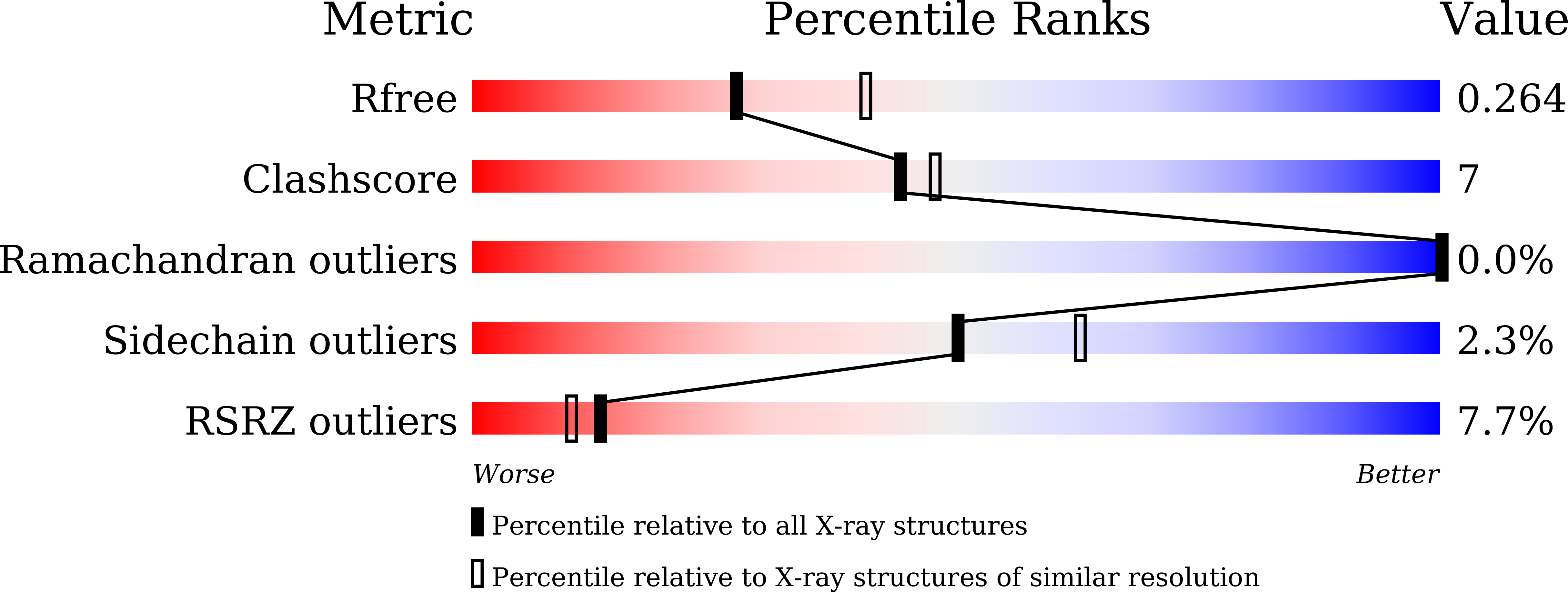
Deposition Date
2020-12-18
Release Date
2021-07-07
Last Version Date
2023-11-29
Entry Detail
PDB ID:
7DP8
Keywords:
Title:
Crystal structure of T2R-TTL-Cevipabulin-eribulin complex
Biological Source:
Source Organism:
Rattus norvegicus (Taxon ID: 10116)
Gallus gallus (Taxon ID: 9031)
Sus scrofa (Taxon ID: 9823)
Gallus gallus (Taxon ID: 9031)
Sus scrofa (Taxon ID: 9823)
Host Organism:
Method Details:
Experimental Method:
Resolution:
2.45 Å
R-Value Free:
0.26
R-Value Work:
0.22
R-Value Observed:
0.22
Space Group:
P 21 21 21


